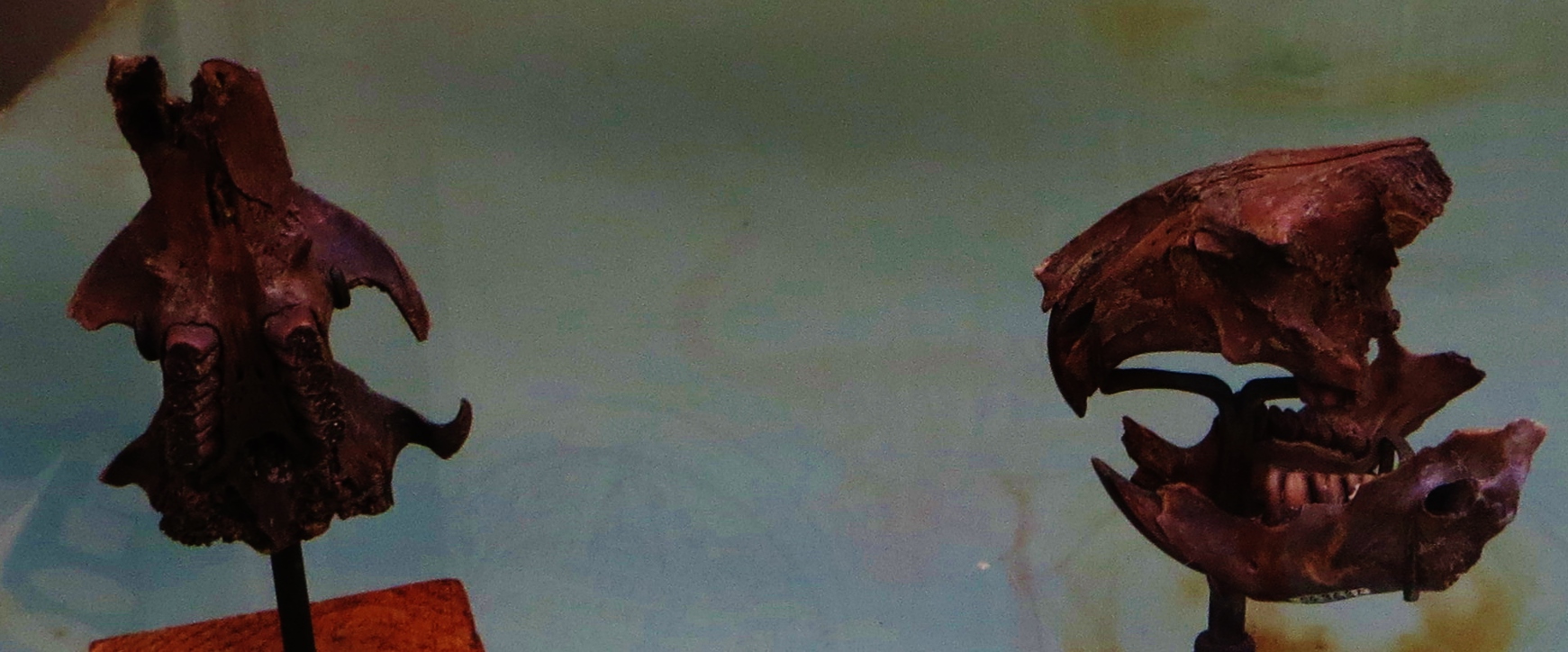Steneofiber on:
[Wikipedia]
[Google]
[Amazon]
''Steneofiber'' is an extinct genus of  These small, 30-cm-long (1-ft-long) creatures probably lived in large
These small, 30-cm-long (1-ft-long) creatures probably lived in large
beaver
Beavers are large, semiaquatic rodents in the genus ''Castor'' native to the temperate Northern Hemisphere. There are two extant species: the North American beaver (''Castor canadensis'') and the Eurasian beaver (''C. fiber''). Beavers ar ...
s from the Miocene. They contain several species of beavers. Amongst them are ''S.barbouri'', ''S.complexus'', ''S.depereti'', ''S.fossor'', ''S.gradatus'', and ''S.hesperus''. Their various species are found all the way from the eastern end of the Iberian peninsula to southern Japan. ''S.depereti'' has been found in northwest Germany.https://typeset.io/pdf/the-castorid-steneofiber-from-nw-germany-and-its-39s16p2icl.pdf
freshwater
Fresh water or freshwater is any naturally occurring liquid or frozen water containing low concentrations of dissolved salts and other total dissolved solids. Although the term specifically excludes seawater and brackish water, it does include ...
lakes, like present day beavers. A semiaquatic lifestyle is indicated by the presence of combing-claws, which living beavers use to waterproof their fur. Most likely, it was incapable of bringing down trees like its modern relatives. ''Steneofibers'' were more terrestrial than modern beavers, living in burrow
An Eastern chipmunk at the entrance of its burrow
A burrow is a hole or tunnel excavated into the ground by an animal to construct a space suitable for habitation or temporary refuge, or as a byproduct of locomotion. Burrows provide a form of sh ...
s, but fossils are still found near ancient water sources. The finding of a possible family group of ''Steneofiber'' skeletons in France has been used to infer that the genus employed a K-selected reproductive strategy like modern beavers, in which extensive parental care is given to a small number of offspring. ''Steneofibers'' are among the earliest known members of the subfamily
In biological classification, a subfamily (Latin: ', plural ') is an auxiliary (intermediate) taxonomic rank, next below family but more inclusive than genus. Standard nomenclature rules end subfamily botanical names with "-oideae", and zoologi ...
Castorinae, which includes beavers more closely related to the two living species than to the recently extinct
Extinction is the termination of a kind of organism or of a group of kinds (taxon), usually a species. The moment of extinction is generally considered to be the death of the last individual of the species, although the capacity to breed and ...
giant beaver. It is probably directly descended from the earliest known castorine, ''Propalaeocastor
''Propalaeocastor'' is a poorly known extinct genus of beavers (family Castoridae) from the early Oligocene of Europe and Asia. Recently described material of a new species of ''Propalaeocastor'', ''P. irtyshensis'', indicates the genus is probab ...
''.
References
Prehistoric beavers Prehistoric rodent genera Miocene mammals of Europe Miocene rodents Taxa named by Étienne Geoffroy Saint-Hilaire {{paleo-rodent-stub